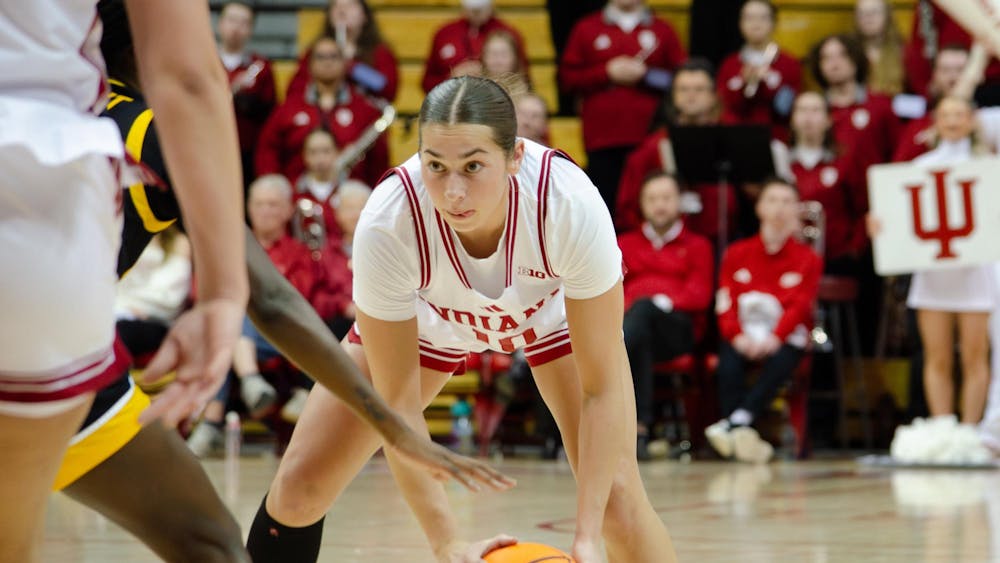Jean Paul Darriau believed his art had the power to change the world.\nThe retired IU professor and nationally renowned sculptor died at his Bloomington home Saturday at the age of 76, leaving behind a wife, four children and numerous works of art expressing hope for a better, more unified world.\n"He was very energetic, very socially conscious," said Betsy Stirratt, director of the IU School of Fine Arts Gallery, who worked with Jean Paul Darriau on his 1996 retirement exhibit. "He felt his art could convey a message to change society for the better."\nOne of Jean Paul Darriau's best known works in Bloomington, "Red, Blond, Black and Olive," is a towering limestone sculpture of two profiles facing each other that represents the unity between all people. Each of its four sides features the image of a different race, yet they all face each other. The statues currently occupy Miller-Showers Park between College Avenue and Walnut Street.\nJean Paul Darriau's wife, Cherry Darriau, who still teaches yoga in the kinesiology department, recounts that the profiles were among her late husband's favorite works.\n"It's hard to get to them now, but you should pull over sometime and walk between them, look up and see how the forms change," she said. "Read the poem that's there."\nThough he is well-known as a sculptor, Jean Paul Darriau was also an involved, caring father, even letting his children help him create the base for "Red, Blond, Black and Olive."\n"He was very interested in art changing perceptions and changing the world," his youngest son Mathieu Jean Darriau said.\nJean Paul Darriau was never very close to other faculty members, but was always well-liked by students, his son said.\nBorn to French immigrants in 1929 in New York, he studied art from an early age at the High School of Music and Arts. After receiving a B.A. from Brooklyn College in 1951 and an M.F.A from the University of Minnesota in 1953, two Fulbright grants sent him to Italy and France, where he mastered bronze casting.\nAnother work of Jean Paul Darriau's that many students are familiar with is "The Space Between Adam and Eve," located behind Kirkwood Hall. "The Sculpture" is a bronze representation of the famous Book of Genesis couple.\nOver the years, many students have taken silly pictures with the sculpture or added articles of clothing, such as a bra, to Eve. While other artists might have been offended, Jean Paul Darriau enjoyed such jokes.\n"He thought it was very charming that people cared enough to take photos with his sculpture," Cherry Darriau said.\nJean Paul Darriau also sculpted a lesser known second version of "Adam and Eve" later in his career that features black models and resides in the Smith Research Center on East 10th Street. He thought equality between all races and people was an important issue and was extremely active in the civil rights, gay rights and feminist movements, his wife said.\n"He was excited about life and things that mattered socially and politically," Cherry Darriau said. "He wanted his art to be relevant to the world around us. He wasn't looking at the world from afar like some artists."\nA memorial service is scheduled for Sept. 23 at the Unitarian Universalist Church.
Sculptor strove for equality with lifetime of art
Darriau remembered for social conscience
Get stories like this in your inbox
Subscribe





